In addition to the function of protecting the integrity of forest ecosystems, national parks carry out scientific and experimental research for the purpose of nature conservation,.. are also ideal tourist destinations in the West for those who wish to immerse themselves in fresh nature, explore hundreds of thousands of diverse and rich species of flora and fauna.
Bang Lang stork garden
Today's Bang Lang stork garden is more than 16.5 hectares in size, but it is not owned by any tourism organization or company.
As the largest bird yard in the Mekong Delta, Bang Lang stork garden has a number of up to hundreds of thousands depending on the season, depending on the time, with more than 20 species such as green storks, swift storks, double storks, lotus storks, storks, fly storks, ivory storks, ghost storks... Even other birds such as herons, gongs, leeks, pelicans, cauldrons, pelicans... also converge here to live. The busiest time for storks to gather falls around August to January of the lunar calendar every year, which is the birth season. Particularly, the ghost stork nests and lays eggs from February to April.
Address: Thoi Binh 1, Thuan An Ward, Thot Note District, about 60 km from Can Tho city
Opening hours: From 6 am - 19:30
Phone: 0899 076 473
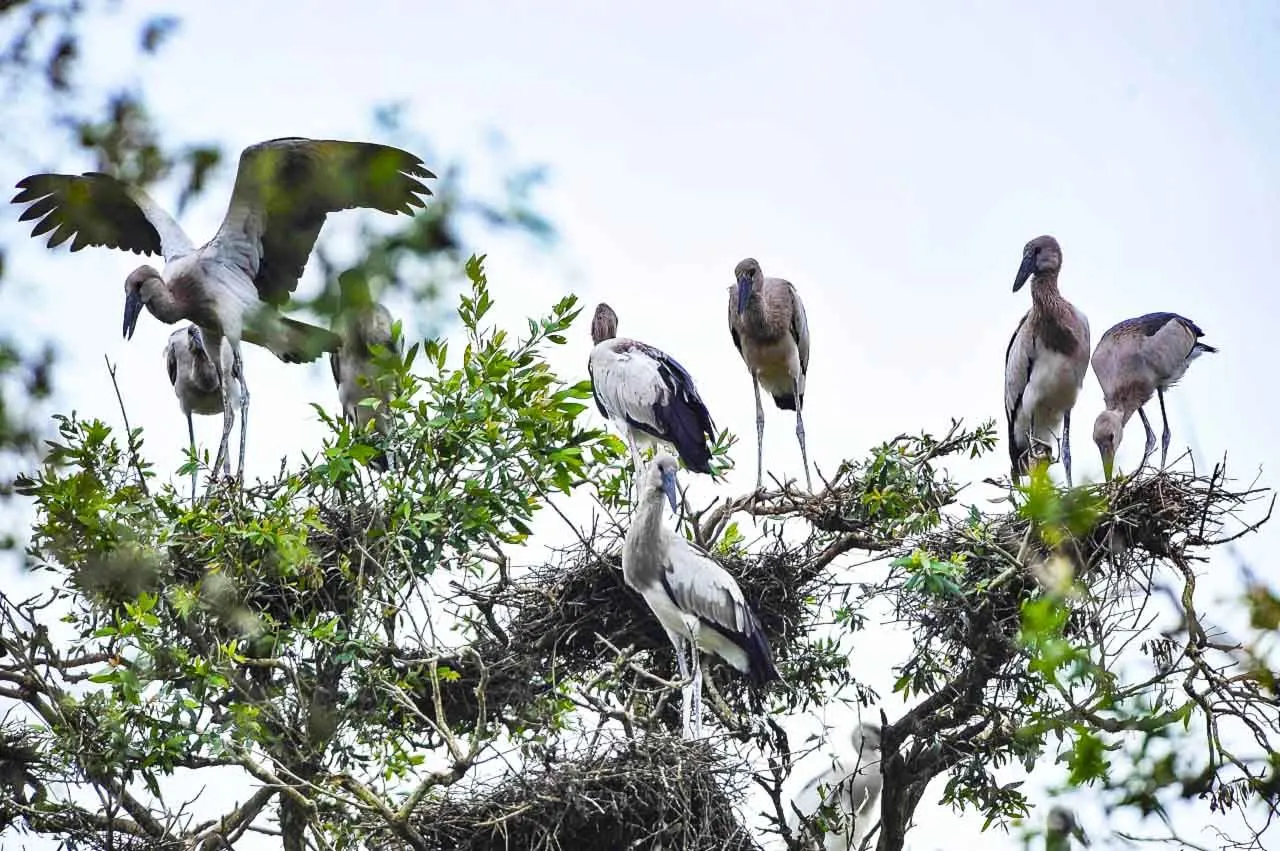

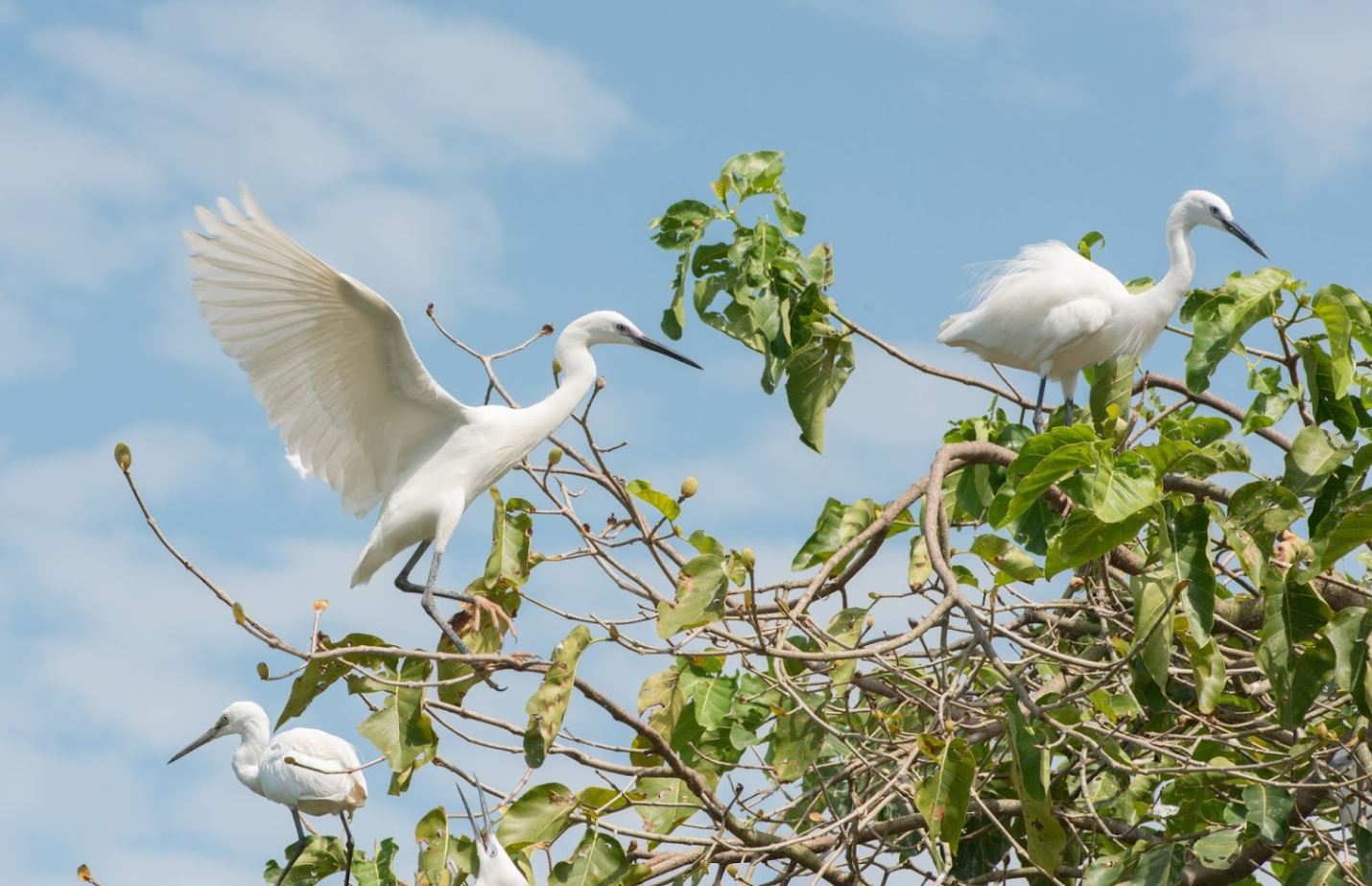
Photo: thamhiemmekong.com
Tra Su melaleuca forest
It can be said that Tra Su melaleuca forest is the tourism pride of An Giang province in particular and the Southern region in general. This place is full of the most characteristics of the river region with a typical ecosystem of the wetland area west of the Hau River.
With hundreds of melaleuca trees along both sides of the road and more than 140 species of plants of 52 families and 102 genera, including 22 species of trees and many other trees and 70 species of birds, 11 species of animals, 25 species of reptiles and more than 10 species of fish. Tra Su melaleuca forest is known as one of the unique tourist attractions in An Giang, dressed in rare natural beauty.
The best time to visit the melaleuca forest is around August to November of the lunar calendar. In this season, the West is famous for the floating season, which is why visitors can admire and admire the beauty of animals and plants that only appear once a year.
Location: Tra Su melaleuca forest in Van Giao commune, Tinh Bien district, An Giang with an area of up to 850 hectares.
Opening hours: From 7 a.m. to 5 p.m. daily
Phone: 02966 522 299

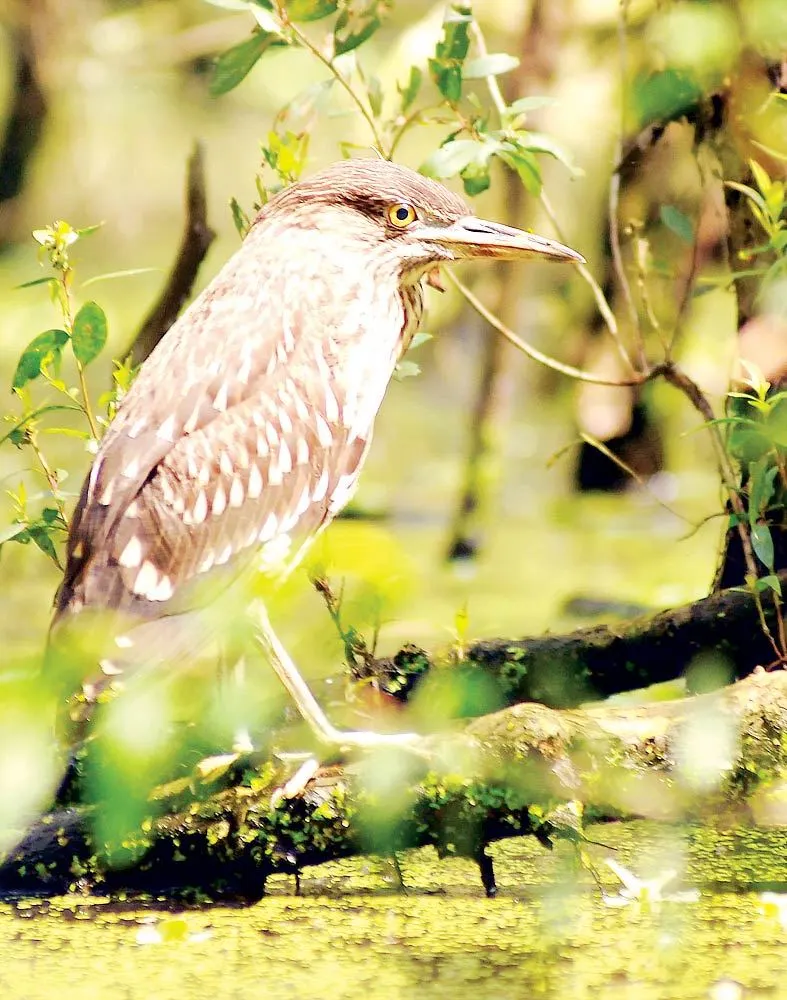

Photo: Gia Lai Newspaper, vov.vn, Tourism with Haseco Travel
Tram Chim National Park
Tram Chim National Park has an area of up to 7,500 hectares, is a place to preserve many rare birds in the world such as red-headed cranes, yellow cranes, pelicans, Javanese elders, etc. and diverse vegetation with more than 130 different species, with characteristic biome types: Lotus biome, wild rice, salamander, tube grass, mold, melaleuca forest and swamp, alternately distributed with each other. The fauna stands out with waterfowl consisting of 233 species, belonging to 25 genera and 49 families. In which, 88% were found in the dry season, accounting for 1/4 of the total bird species discovered in Vietnam.
August to November of the lunar calendar is the main tourist season in Tram Chim National Park. Especially from December to May, this is the residence of about 60% of the population of red-headed cranes – the tallest bird among flying birds in the world and also an extremely rare species named in the Red Book.
Address: Tram Chim National Park is a land located in the territory of 7 communes (Tan Cong Sinh, Phu Duc, Phu Tho, Phu Thanh A, Phu Thanh B, Phu Hiep), Tram Chim town in Tam Nong district.
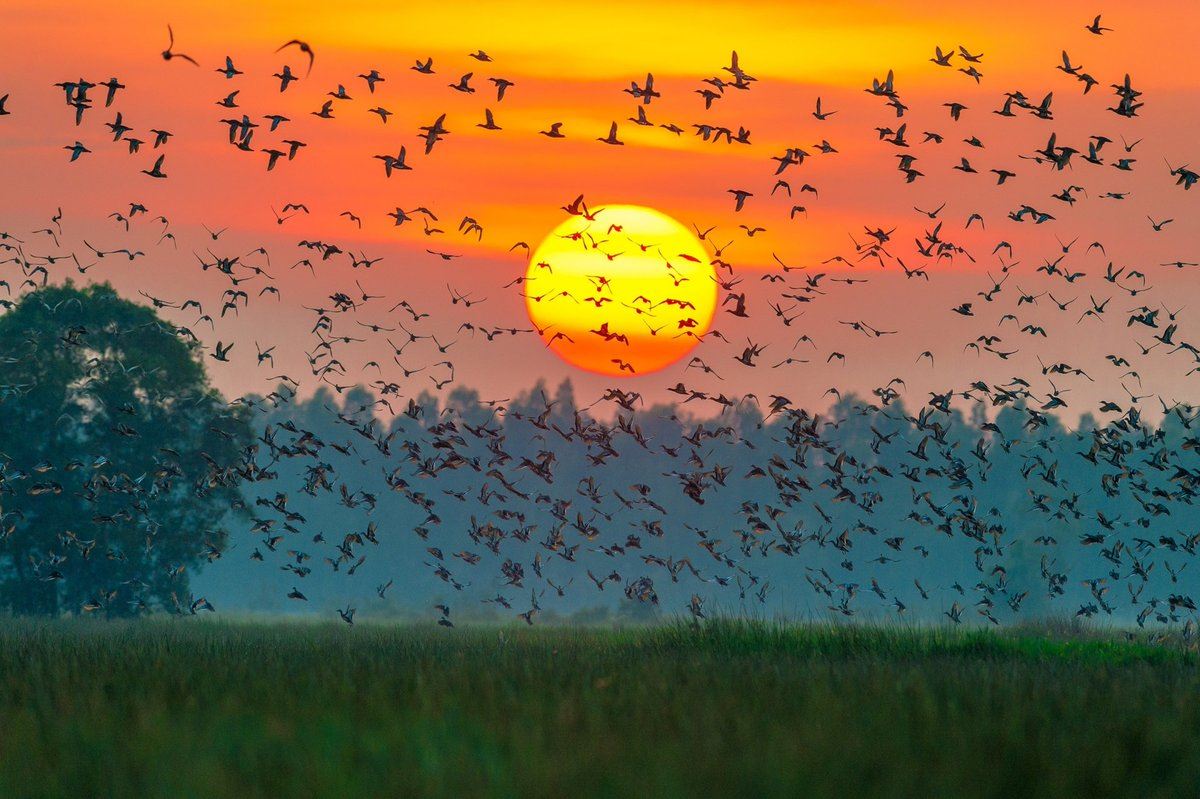

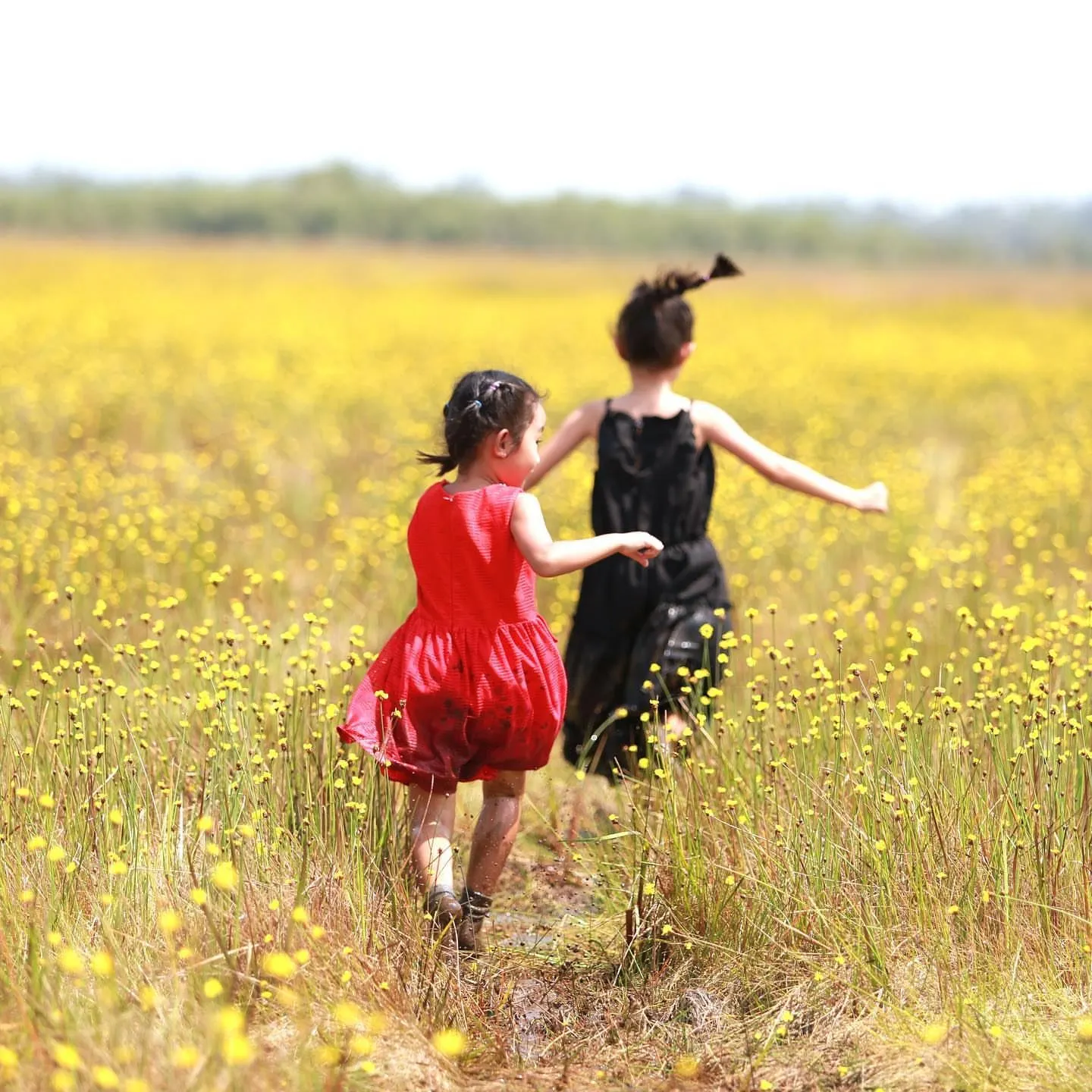
Photo: Western Tourism/Vnexpress.net/@steve.ninh.nguyen
Ca Mau Cape National Park
In 2009, it was honored to be recognized by UNESCO as a World Biosphere Reserve. Located in Dat Mui commune (Ngoc Hien district, Ca Mau province), with a total land area of about 41,862 hectares. In which, about 15,262 hectares is the land area; the remaining 26,600 hectares are the area of coastal areas in contact with the mainland.
This is an important site in Vietnam's national program for biodiversity conservation, where coastal waterfowl species of Vietnam and the Asia-Pacific region are studied. As a diverse ecosystem, the mangrove forest system in Mui Ca Mau National Park is also a protection forest system to help prevent flood risk and landslides. According to statistics, Mui Ca Mau National Park has a very rich number of animals and plants, with about 28 to 32 species of mangrove trees living; about 26 species of animals, 93 species of birds, 43 species of reptiles, 139 different species of fish, with 9 species of amphibians, 49 species of plankton, and many other saltwater species have been recognized and statistically listed in the Red Book of Vietnam and the world.
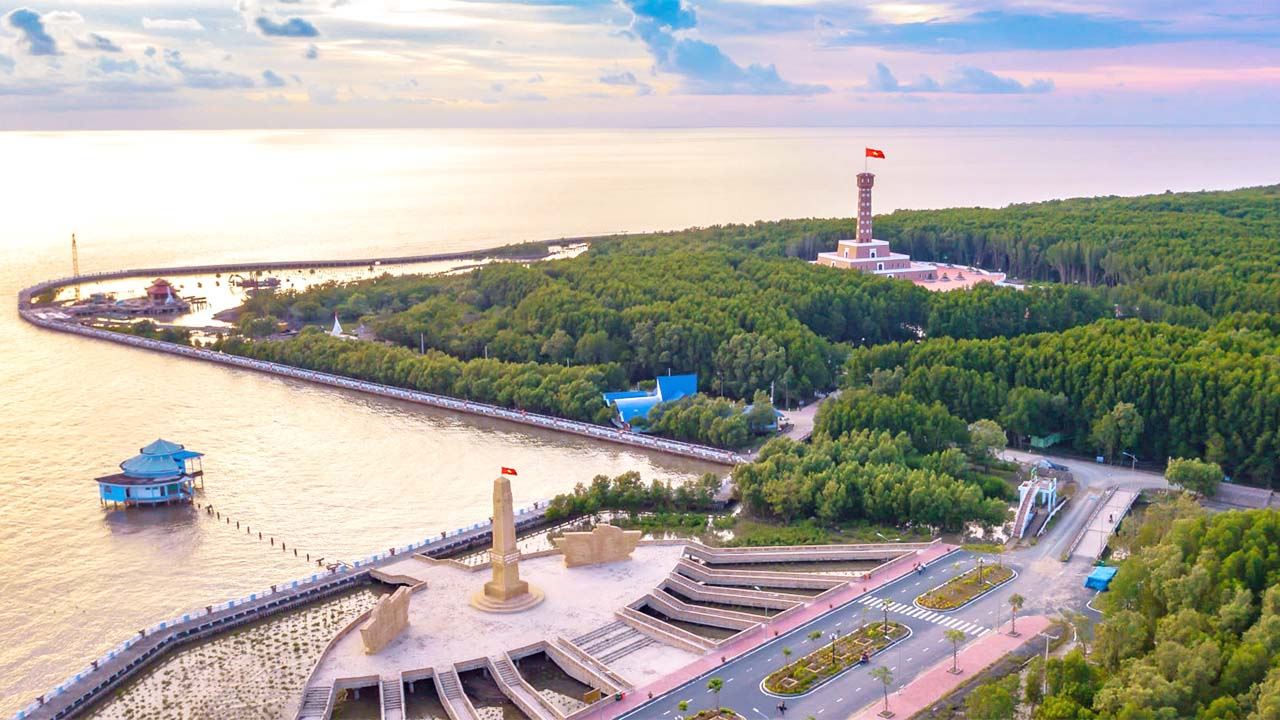
Photo: nucuoimekong.com
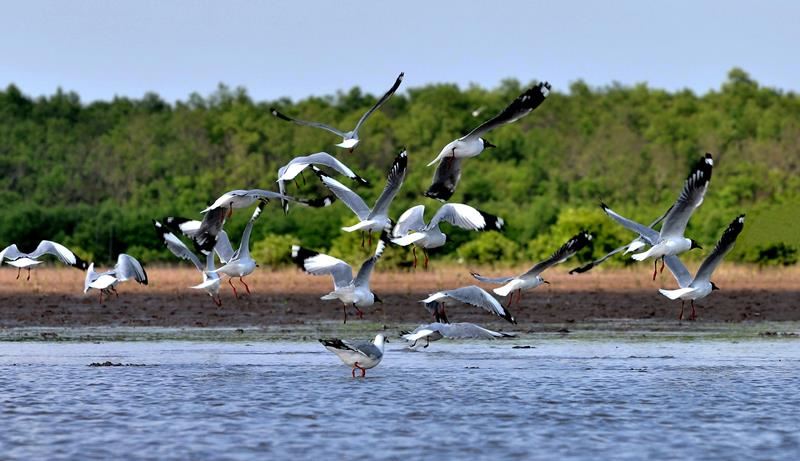
Photo: ipec.com.vn
Phu Quoc National Park
Located in the north of Phu Quoc Island and occupying about 70% of the island's area, more than 31,000 hectares, Phu Quoc National Park owns three major mountain ranges: Ham Ninh Range, Ham Rong Range and Ganh Dau Range with 60 km of beautiful coastline.
Still intact in its wild, majestic and spacious appearance, Phu Quoc National Park is a "home" for the rare and unique flora and fauna of the island city. Not only that, the forest cover has helped the city ensure the function of watershed forest protection, clean water supply and economic development in the sea and island area of Phu Quoc. This place owns more than 1000 species of plants, especially precious plants such as melaleuca, velvet, and sand oil,... Precious orchid species such as: Mountain orchid, Van Hai orchid,... Marine ecosystem with more than 100 different species of corals. Of the more than 30 animal species, 5 are listed in Vietnam's Red Book, and countless rare birds and reptiles also contribute to making the National Park more expensive than ever.
The ideal time to visit Phu Quoc National Park is from February to June, which is also the time when many flowers bloom. Besides, in this season, Phu Quoc does not have sudden thunderstorms, the weather is favorable for trekking and admiring the beauty of the vegetation here.
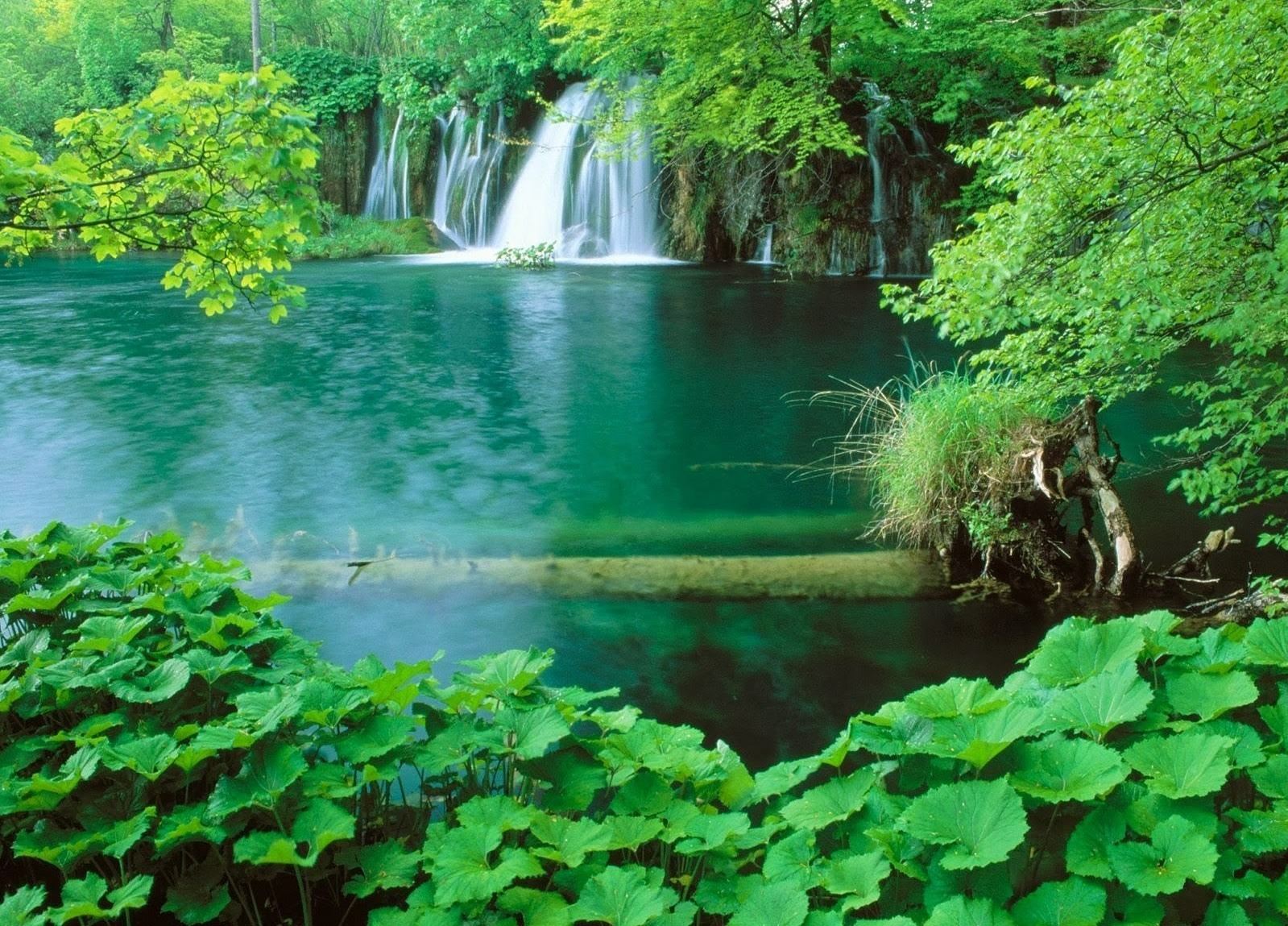
Photo: mia.vn
Synthetic Migo
